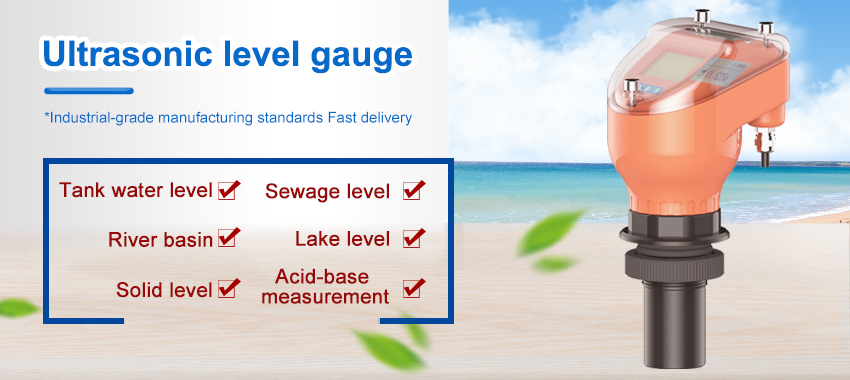Can you explain what ultrasonic sensors are and how they work?
Simply put, ultrasonic sensors generate and receive acoustic waves. The (sound) waves are inaudible to humans because the frequencies are greater than (ultra) the upper limit for our ears. In the same way a bat searches for prey, ultrasonic transducers measure the time-of-flight of an acoustic wave to determine the distance to a target. The acoustic signal generation occurs by driving a piezoceramic with an oscillating electrical pulse, usually the transducer’s best operating frequency (resonance). This vibrates the ceramic, which creates a sound wave. A portion of the acoustic wave will reflect off a target (an echo) and return to the transducer, generating a similar but smaller voltage signal. Electronic circuits and microcontrollers can then be used to estimate the distance and size of the target.

What are some of the applications of these sensors, and would any of them be surprising or unexpected for people unfamiliar with the technology?
Industrial process measurement and control (in making paper and wood laminates), obstacle avoidance and mapping for robots, and flow measurement (acoustic anemometry) are a few examples. They are often used in automated car washes to sense vehicle position because the sound waves can easily penetrate the water mist. They have also been used in bowling alleys for upright pin detection and automatic scoring. However, the most common use is probably back-up sensors in cars.
Can you explain the differences and advantages of ultrasonic sensors over optical sensors?
Optical sensors are susceptible to being blocked out by dust and other debris present in industrial processes. Ultrasonic sensors can also tolerate far more surface contamination than optical sensors before degradation of the signal occurs. Optical sensors, by themselves, cannot measure distance unless a laser is used.
Laser-based ranging systems sense the distance from the sensor to a fixed point. However, suppose the target surface has a distributed height, such as grain in a hopper. In that case, diffuse sound beams from ultrasonic sensors will ensonify more of the target and provide an average height measurement over an area.
Ultrasonic sensors are also usually lower cost than optical sensors, and they are more compact for the resolution they offer than small radar systems.
What are some of the environmental factors that can hamper ultrasonic sensors, and how can these be overcome?
Since ultrasound-ranging devices rely on transmitting and receiving sound waves through the atmosphere, variations in humidity and temperature will impact both the time of flight and the amplitude of the acoustic wave. However, in systems where precision measurements are required, temperature and humidity sensors can be used to compensate for the effects.
What are the best targets for ultrasonic sensors, and why?
The diffuse conical sound beams transmitted from ultrasonic sensors generate the most signal when targeting wide surfaces. Increased surface area results in more acoustic waves being reflected to the source, resulting in a stronger signal to estimate the surface range. Almost all materials are sufficiently hard to reflect sound well. The only materials that do not reflect airborne sound well are very porous materials like lightweight foam and fiberglass wall insulation. Those materials also happen to be used for sound absorption and wall treatment in concert halls and acoustic measurement chambers.
What sets your ultrasonic transducers apart from others on the market?
All AIRMAR air-ranging transducers are tuned to maximize sensitivity and bandwidth by measuring and tuning each one. In addition, they are made to be durable for both interior and exterior use.
What advantages does this confer to the user?
Increased sensitivity improves the transducer’s ability to sense targets at large distances, and increased bandwidth reduces the transducer ring-down time, allowing for sensing targets close to the source. The durability allows their use in challenging conditions.

JXCT ultrasonic liquid level sensor
Ultrasonic level Gass NCI me me at Theje is a distance measuring instrument developed by JXCT based on acoustic pulse emitted by Ultrasonic wave. ABS material, light weight, no need for maintenance and on-site calibration, can be connected to a computer, data collector or other compatible RS485 acquisition equipment for use.Ultrasonic liquid level sensor adopts LED display, hd data display, clear at a glance.